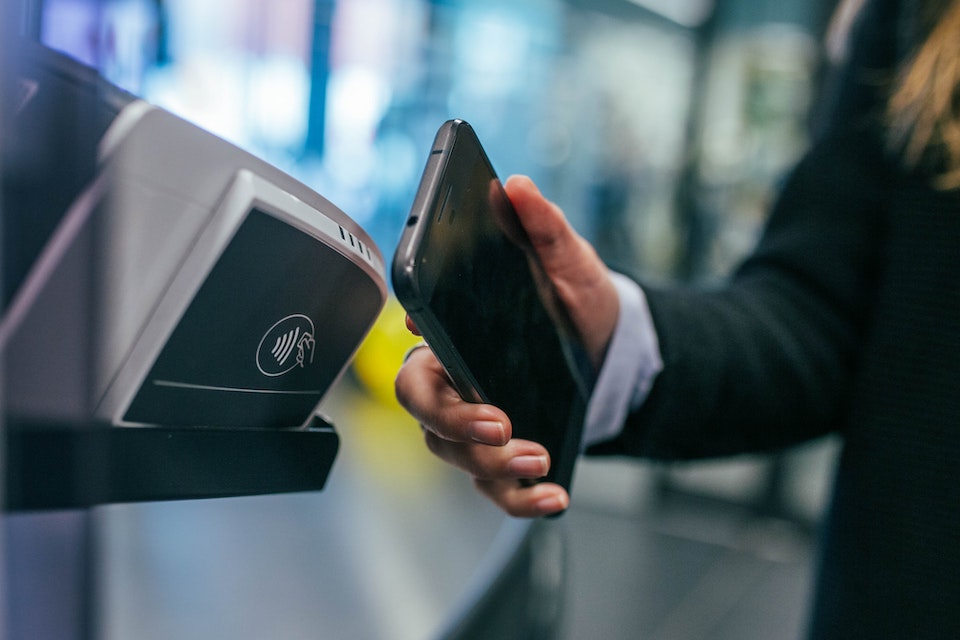How COVID-19 Changed Payment Processing and How eCommerce Businesses can Successfully Adapt
So many things have changed this year thanks to the COVID-19 pandemic. Consumers’ needs and expectations are drastically different and businesses need to evaluate their payment processing services and strategies to keep up.
The Impact of Covid-19 on Payment Processing
Lockdowns and other social distancing measures meant that in-person payment methods were drastically reduced in 2020. Even now, with the potential for local lockdowns and infection rates an ongoing concern for global consumers, shoppers just aren’t buying in the same way. Buying trends have shifted to online shopping, and consumers are seeing online payment processing and contactless and digital payments as the ‘new normal’.
According to Gartner:
- 5 countries will launch digital initiatives to remove cash from circulation by 2023.
- Global cash in circulation will reduce after decades of year-on-year increases by 2024.
- Consumers using mobile proximity payment methods will be almost 2 billion, up from 2019’s figure of less than 1 billion, by 2024.
How Merchants Must Adapt
For merchants to thrive in a post-pandemic world, it’s no longer a case of putting in temporary measures and waiting till buying behavior gets back to ‘normal’. They need to make sure they’re offering what their customers demand, and that’s digital payments and local payment methods.
Here’s how merchants can optimize customer experiences and succeed in times of global economic uncertainty:
- Offer contactless payments to ensure customers and employees feel safe
- Factor in the greater volume of card processing fees when budgeting, to avoid nasty surprises
- Adopt digital wallets in your payment processing system, for both in-person and online purchases
KPIs to Re-Assess in Light of COVID-19
Things have changed, so holding yourself to previous KPIs won’t be a true reflection of how your business is doing. Here are a few things that could change with the metrics you track:
Latency — The higher volume of online payments could increase latency, so consider ways of avoiding potential issues, for example, working on system performance.
Fraud detection rates — Your numbers might look worrying initially in terms of fraud declines in total sales, partly because fraud is more common in digital transactions. But expect that to settle as time goes on.
Chargeback rates — An increase in chargebacks is likely to be a result of the pandemic, things like delayed post, canceled events, etc. As the global situation starts to level out, this should change.
Digital Commerce Is the Future
There’s no doubt that digital transformation has accelerated across all industries thanks to the pandemic, and commerce is no different. For example, ecommerce retail growth in the US increased 11 points in just 8 weeks at the start of the pandemic. To put that number into perspective, It only increased around 10 points in 10 years from 2009 to 2019!
It’s apparent that the development of payment solutions to support buyer behavior during the current uncertainty and to manage whatever changes the post-pandemic world brings is crucial for digital commerce businesses and the entire global economy. Merchants must understand the current trends and forecasts, and partner with a payment service provider that can support the new way of doing business.




